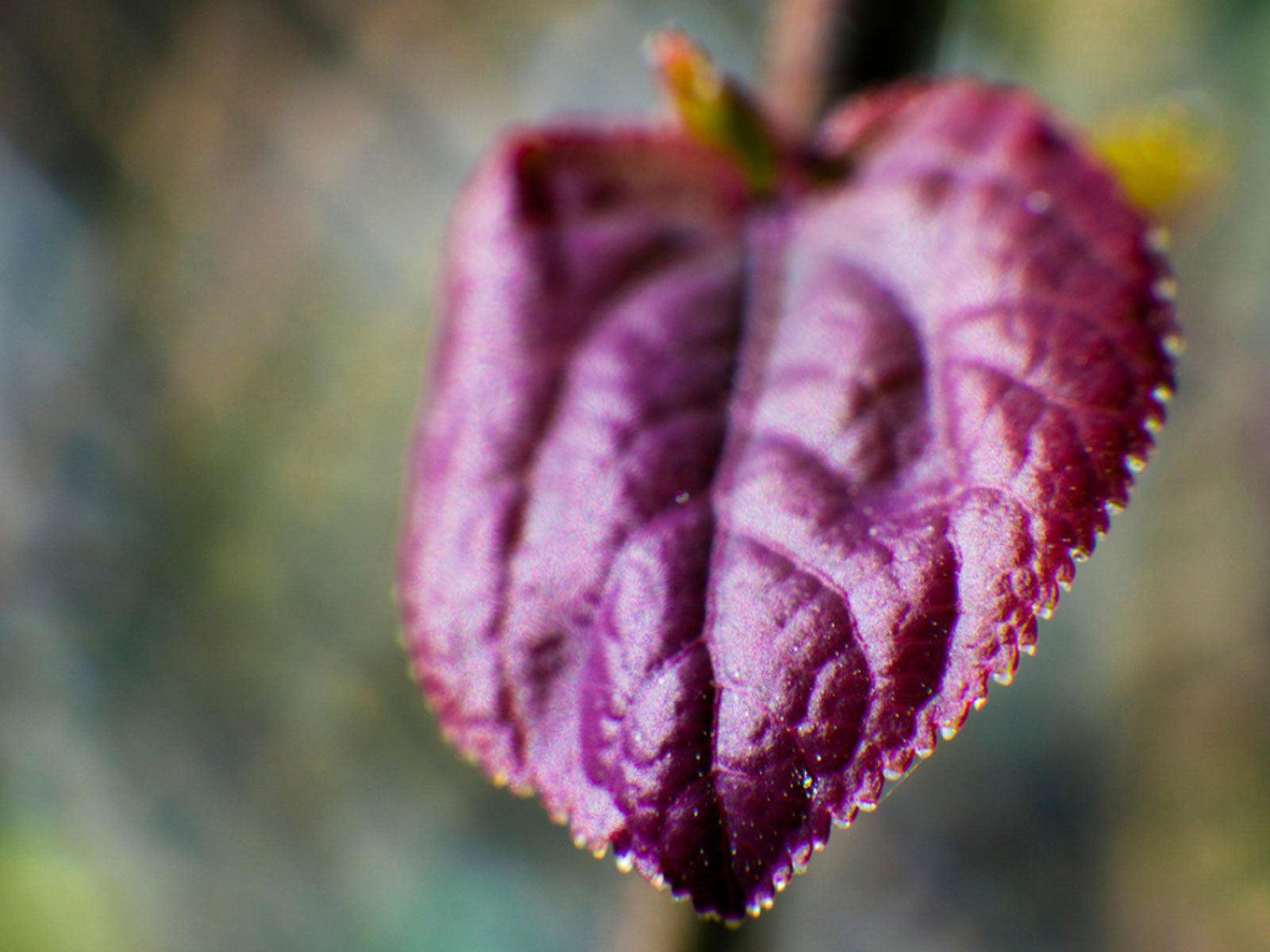About Japanese Katsura Trees: How To Take Care Of A Katsura Tree


The Katsura tree is a wonderful ornamental plant for cold to temperate regions. Although this is a low maintenance plant, a little information on how to take care of a Katsura tree will help you keep it healthy and strong as an attractive presence in your landscape.
About Japanese Katsura Trees
The grown up name for Katsura tree, Cercidiphyllum, refers to a genus of trees from Asia, in particular Japan and China. The trees are suited for moist soil in full sun and get no larger than 45 feet (14 m.) tall. In fact, the majority of the trees are almost better classified as big bushes rather than trees.
While there are other varieties, Katsura tree (Cercidiphyllum japonica) is one of the most popular landscape trees. This type hails from Japan and is an economically important deciduous forest tree. The leaves are multi-hued with heavy veins and tones of pink and green. In fall the heart-shaped leaves take on autumnal tones of gold, orange and red before they fall from the tree.
Katsura flowers are tiny, white and insignificant, but the foliage has a strong brown sugar aroma in fall, which adds to the tree's appeal. An interesting fact about Katsura trees is that the botanical name translates to ‘red leaf.'
Growing Katsura Trees
Katsura trees will thrive in USDA plant hardiness zones 4b to 8. They need plenty of water at establishment, but once they are mature can handle short periods of drought. Plant the tree in well drained soil that is acid or neutral. The plant is sensitive to frost and does drop its leaves once cold temperatures arrive.
Choose either full sun or light shade for growing Katsura trees. The trees are weak limbed, so a sheltered spot is preferable with protection from wind gusts. Pruning is not a necessary part of Katsura tree care, but you can remove any damaged or crossed limbs that prevent the tree from producing a strong scaffold.
How to Take Care of a Katsura
Katsura trees are slow growing and may take up to 50 years to reach their full size. During this time, if the tree was planted in an appropriate soil and site, it will need very little care. Katsuras are not susceptible to many pests and they are basically disease free.
Gardening tips, videos, info and more delivered right to your inbox!
Sign up for the Gardening Know How newsletter today and receive a free copy of our e-book "How to Grow Delicious Tomatoes".
Avoid overhead watering to prevent mildew on the ornamental leaves. Spread mulch around the base of the tree out to the root line to minimize competitive weeds and enhance water conservation.
Lightly prune out suckers and dead wood in spring and apply a 10-10-10 balanced granular fertilizer to the root zone of the plant. Water the fertilizer in well.
Young Katsura tree care requires tree wraps and slings to protect the thin bark and establish a firm, strong shape. Water the tree daily for the first year to increase health and growth.

Bonnie Grant is a professional landscaper with a Certification in Urban Gardening. She has been gardening and writing for 15 years. A former professional chef, she has a passion for edible landscaping.
-
 Try The Trend – Turn Any Bed Into A Keyhole Garden With This Clever In-Ground Composter
Try The Trend – Turn Any Bed Into A Keyhole Garden With This Clever In-Ground ComposterKeyhole gardening is an efficient and sustainable practice that saves space. Get started on this DIY project quickly and easily with an in-ground composter.
By Bonnie L. Grant
-
 4 Superfast Composting Methods: Turn Waste Into Garden Gold In 30 Days Or Less
4 Superfast Composting Methods: Turn Waste Into Garden Gold In 30 Days Or LessTry the fastest composting methods to turbocharge your pile and transform kitchen scraps and garden waste into finished compost in just a few weeks.
By Mary Ellen Ellis